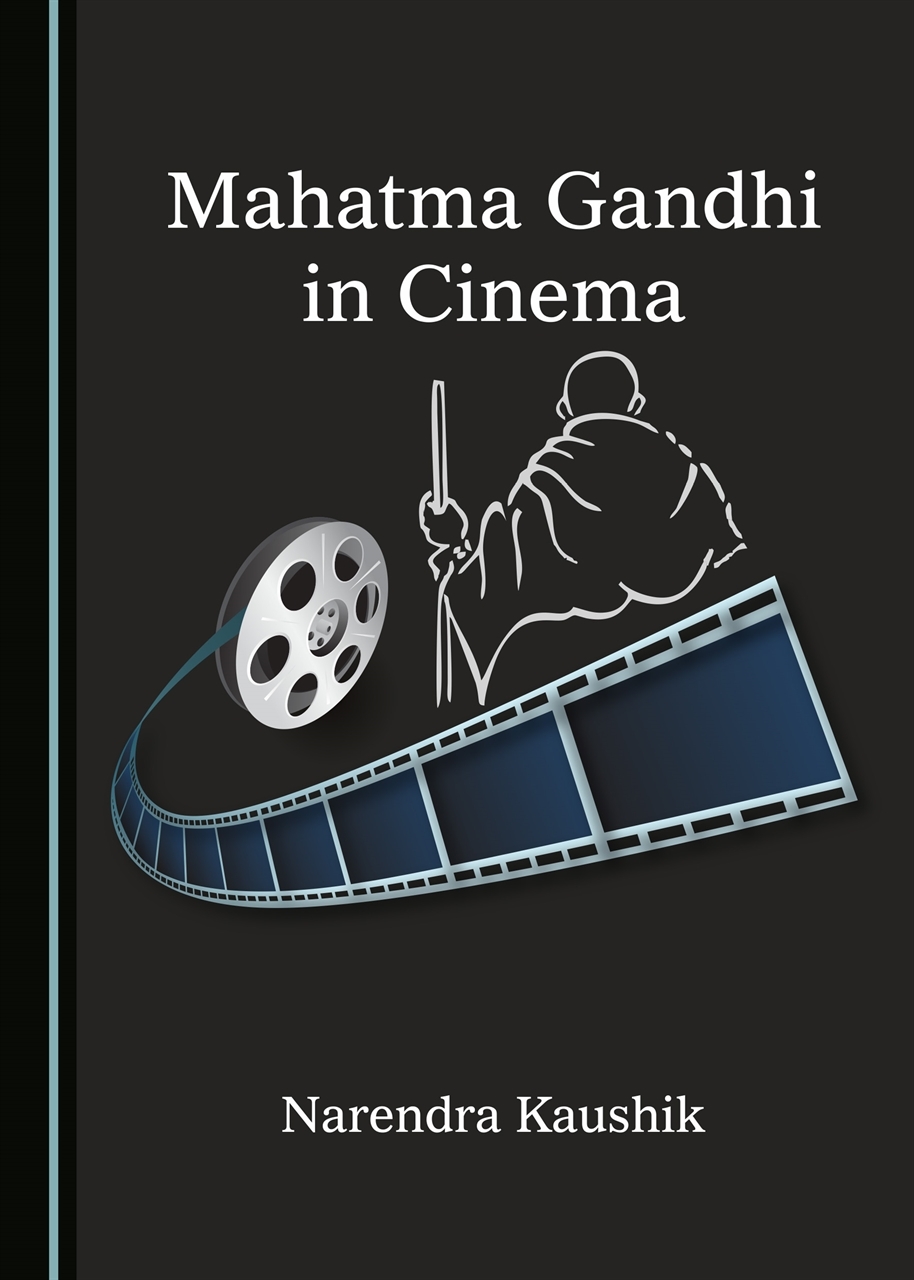BY SHANKAR KUMAR As one of history's most transformative and inspirational figures, Mahatma Gandhi continues to be relevant across the world. His life and philosophy have hugely impacted every aspect of human existence. Even the film industry has not been untouched by his campaign for non-violence, truth, equality of religions and self-reliance. His empathy for the downtrodden, his dreams for the masses and his fight against injustice have been portrayed in many Hindi cinemas for decades. Yet the question is: Has the entertainment industry given sufficient space to Gandhi or done justice with the ideals and principles he promoted to make the world livable for all without letting their dignity and honour to suffer? This is what Narendra Kaushik, a professor and former journalist, has tried to find out in his book, 'Mahatma Gandhi in Cinema'. For example, Hindi films like 'Naya Daur' and 'Lage Raho Munnabhai', depicted Gandhi's emphasis on truth, self-confidence and triumph of human spirit over challenges of modern life. Produced and directed by B.R. Chopra, 'Naya Daur' presented the struggle of a simple villager against technology. Hitting the cinemas in 1957, the film showed that technology is not a driving force, rather human spirit and capability are. Gandhi used to say that he was for machines that could reach the masses, and make life better. He never supported technologies that were owned up by a few to exploit millions of poor masses. Narendra Kaushik in his book 'Mahatma Gandhi and Cinema' underscores the same point while putting forth B.R. Chopra's love for depicting in detail the struggle between man and machine on the silver screen. Similarly, 'Lage Raho Munnbhai', which was released in 2006, portrays Gandhian values in the contemporary setting. Revolving around the virtue of truth and non-violence, the film presents Gandhian thoughts through a simple narrative, instead of didactic preaching. In fact, the beauty of Kaushik's book lies in its use of simple language and avoidance of jargons that writers usually employ to complete their work. Secondly, the book never takes a detour to monotony and leaves the reader stupefied; instead, it gives the reader freshness of ideas and knowledge of unknown, untouched facts about Gandhi and their portrayals in cinema. It touches upon almost every controversy Gandhi figured in his lifetime. Be it Gandhi's role in Partition, his part during Bhagat Singh's execution, his relations with his own family members, Netaji Subhas Chandra Bose, Jawaharlal Nehru, Vallabhbhai Patel and even his meeting with Charlie Chaplin -- you name it and it is there. The book is divided into seven chapters, beginning with an introductory chapter and a chapter examining Gandhi's association with or rather disassociation from cinema. The third chapter of the book deals with biopics or films where Gandhi's character is the pivot. These include 'Gandhi', 'Gandhi, My Father' and 'Making of the Mahatma'. Since the National Film Development Corporation (NFDC) was the underwriter for 'Gandhi' and the film was dubbed in Hindi and premiered in New Delhi, the writer has included the film in the list. In the fourth chapter, the book appraises films like 'Veer Savarkar', 'Sardar: The Iron Man of India', 'Netaji Subhas Chandra Bose: The Forgotten Hero', 'The Legend of Bhagat Singh', 'Lage Raho Munnabhai' and 'Dr Babasaheb Ambedkar', in which Gandhi's character appears in cameos. The next chapter examines five films, each based on the principles of truth, non-violence, Swadeshi, untouchability and equality of religions in its five sub-chapters. The first of these sub-chapters explores 'Raja Harishchandra' (1913), 'Phir Subah Hogi' (1958), 'Shriman Satyawadi' (1960), 'Satyakam' (1969) and 'Satyagraha' (2013) to test how much they abide by the truths enunciated by the apostle, while the next scrutinises 'Dr Kotnis Ki Amar Kahani' (1946), 'Do Aankhen Barah Haath' (1957), 'Hum Dono' (1960), 'Mission Kashmir' (2000) and 'Maine Gandhi Ko Nahin Mara' (2005) on the parameters laid down by the Father of the Nation for non-violence. Overall, the book makes an attempt to discover whether filmmakers in order to sell their work just tried to depict stereotypes or myths surrounding Gandhi or presented on screen incidents or experiments that made Gandhi a phenomenon in the world. It finds out whether the filmmakers take into account Gandhi's evolution on issues like untouchability, inter-dining, inter-faith marriages and non-violence etc. in evaluating him.
Depiction of Gandhi in films: Has it remained true to Mahatma in reality?
- by Rinku
- May 25, 2020 2 minutes

Depiction of Gandhi in films: Has it remained true to Mahatma in reality?.










